Defensive Driving Techniques: Essential Skills for Accident Prevention
Safe driving goes beyond following traffic rules. It means being ready for anything that could happen on the road. Defensive driving techniques help prevent accidents by teaching drivers to stay alert, predict risks, and maintain safe distances from other vehicles.
Every day, drivers face many risks on the road. Other drivers might run red lights, change lanes without warning, or drive while distracted. Being prepared for unexpected situations can make the difference between a close call and a crash.
Good defensive drivers keep their eyes moving, scan ahead for hazards, and leave space around their vehicles. They stay focused on driving and avoid distractions like phones or food. These habits help them spot and avoid dangers before they become accidents.
Key Takeaways
- Defensive driving focuses on staying alert and predicting potential hazards on the road
- Safe following distances and constant scanning help prevent accidents
- Regular practice of defensive driving skills makes safer drivers
Core Principles of Defensive Driving
Safe driving requires a combination of mental focus, forward thinking, and readiness to respond appropriately in any situation. These skills work together to prevent accidents and keep everyone safer on the roads.
Awareness: Staying alert and focused on the road
Situational awareness demands constant attention to all surroundings. Drivers must scan their environment every few seconds, checking mirrors and blind spots.
Key areas to monitor:
- Front: 12-15 seconds ahead
- Sides: Adjacent lanes and shoulders
- Rear: Following vehicles through mirrors
- Blind spots: Quick shoulder checks before maneuvers
Distractions severely impact awareness. Phones, eating, or adjusting controls take attention away from the road. A focused driver keeps their hands at 9 and 3 o’clock and maintains proper posture.
Anticipation: Predicting potential hazards before they occur
Defensive drivers look for signs of possible dangers. They watch for brake lights, turn signals, and changes in other drivers’ behavior.
Common hazards to anticipate:
- Merging vehicles
- Sudden stops
- Pedestrians entering roadways
- Weather conditions affecting traction
- Road construction
Leave extra space when spotting potential risks. A minimum 3-second following distance gives time to react safely.
Preparation: Being ready to react safely to unexpected situations
Safe positioning creates options for escape routes. Drivers should adjust their speed and lane position based on conditions.
Essential preparation steps:
- Maintain working vehicle systems
- Plan routes in advance
- Check weather forecasts
- Adjust mirrors properly
- Stay mentally ready
Keep both hands on the wheel and feet ready to brake. Scan intersections before entering, even with green lights. Reduce speed in poor visibility or weather.
Key Defensive Driving Techniques
Smart driving habits and preventive actions can help avoid accidents and create safer roads for everyone. Being alert, following rules, and making good decisions are essential skills that protect drivers and passengers.
Maintaining a Safe Following Distance
The 3-second rule is a crucial defensive driving technique. Pick a fixed object ahead that the car in front passes. Count the seconds until your vehicle reaches that same point.
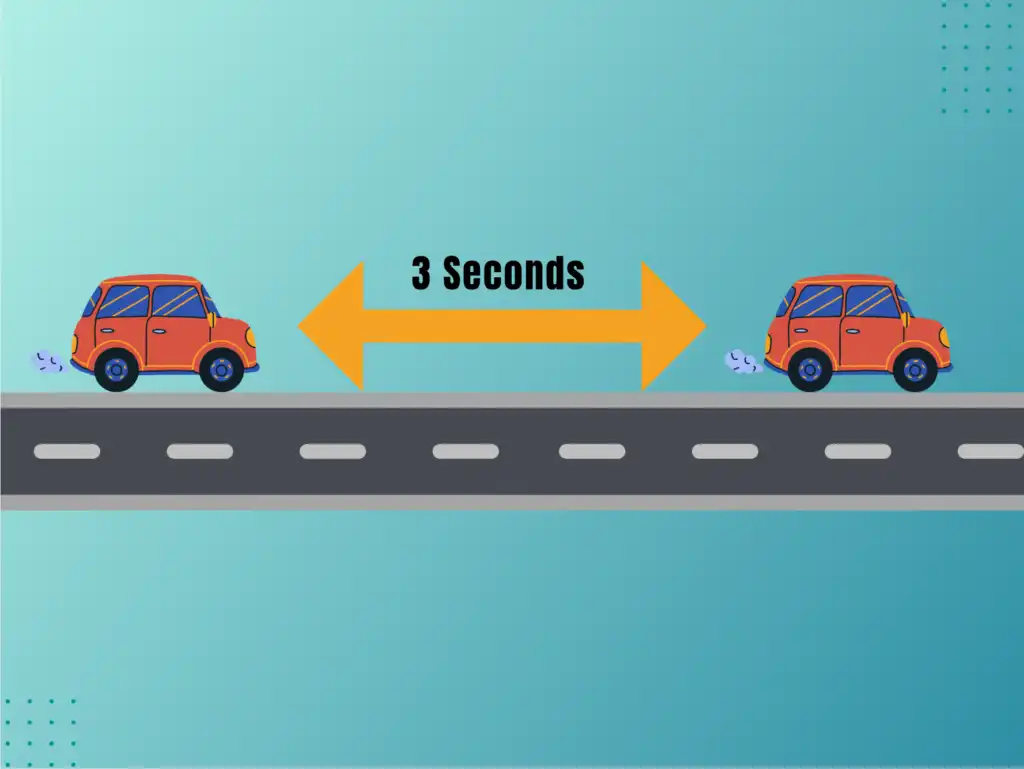
In good conditions, maintain at least 3 seconds of following distance. Add extra seconds for:
- Rain or snow
- Night driving
- Heavy traffic
- Large vehicles ahead
This spacing gives enough time to react if the car ahead stops suddenly. For speeds over 55 mph, increase the following distance to 4-5 seconds.
Obey Traffic Laws
Following traffic rules prevents accidents and tickets. Always drive at posted speed limits and adjust for conditions.
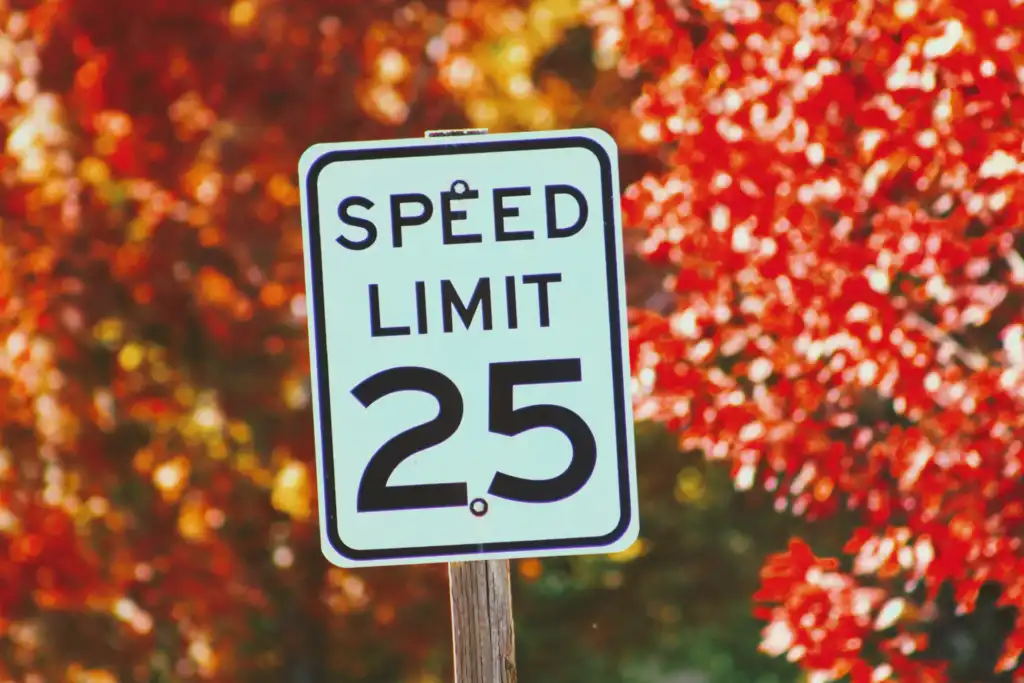
Make complete stops at stop signs and red lights. Use turn signals for all lane changes and turns.
Key laws to follow:
- Speed limits
- Right-of-way rules
- Traffic signals and signs
- Lane markings
- Passing zones
- School zones
Scanning the Road Ahead
Look 12-15 seconds ahead while driving to spot potential hazards early. Check mirrors every 5-8 seconds.

Watch for:
- Brake lights
- Merging vehicles
- Road work
- Weather changes
- Emergency vehicles
- Pedestrians
- Debris
Scan side streets and intersections before reaching them. Keep eyes moving between close and far views of traffic.
Avoid Aggressive Driving
Stay calm and patient behind the wheel. Don’t react to aggressive drivers or engage in road rage.
Give aggressive drivers space and let them pass safely. Never compete or retaliate on the road.
Signs of aggressive driving:
- Tailgating
- Excessive honking
- Cutting off others
- Speeding
- Angry gestures
- Frequent lane changes
Watch for Vulnerable Road Users
Pay extra attention to pedestrians, cyclists, and motorcycles. They have less protection in crashes.
Give bikes at least 3 feet of space when passing. Watch for pedestrians at crosswalks and intersections.
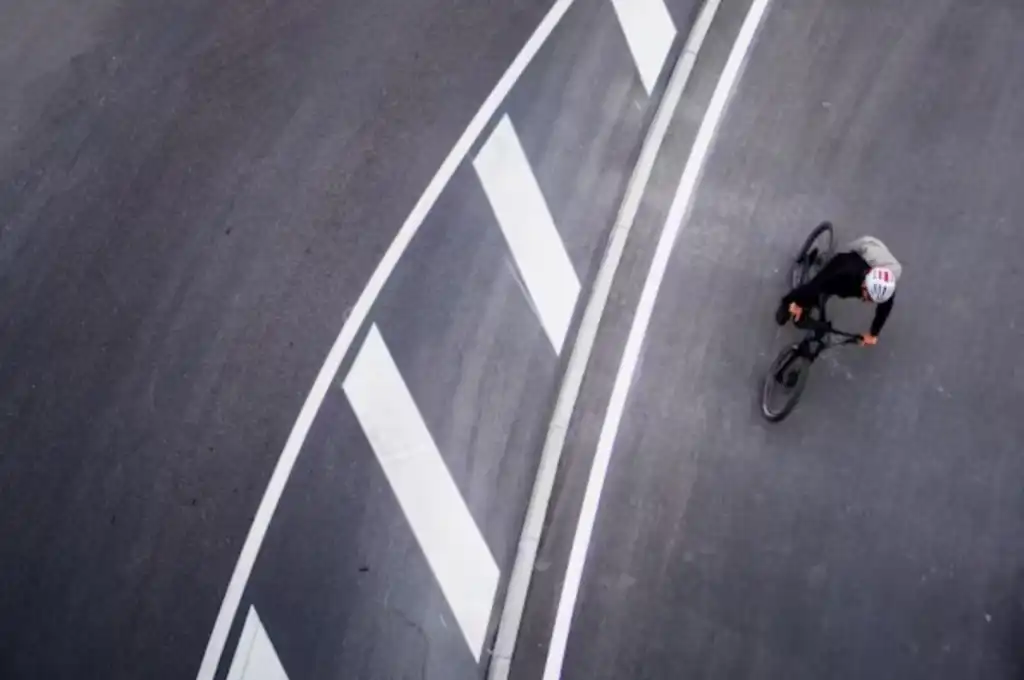
Check blind spots carefully before turning or changing lanes. Motorcycles can be hard to see.
Be especially careful in:
- School zones
- Residential areas
- Downtown areas
- Parks
- Shopping centers
Plan Ahead
Check weather and traffic before trips. Allow extra time for delays and bad conditions.
Know alternate routes for common destinations. Keep emergency supplies in the vehicle:
- Flashlight
- First aid kit
- Jumper cables
- Basic tools
- Phone charger
- Water
Plan fuel stops before running low. Schedule vehicle maintenance regularly.Avoid Impaired Driving
Never drive under the influence of alcohol or drugs. Impairment affects reaction time and judgment.

Some medications can also impair driving ability. Check labels for warnings.
Don’t drive when:
- Drinking alcohol
- Taking certain medications
- Using any drugs
- Extremely tired
- Emotionally upset
Use rideshare services or designated drivers instead.
Maintain Your Vehicle
Regular maintenance prevents breakdowns and accidents. Follow the manufacturer’s service schedule.
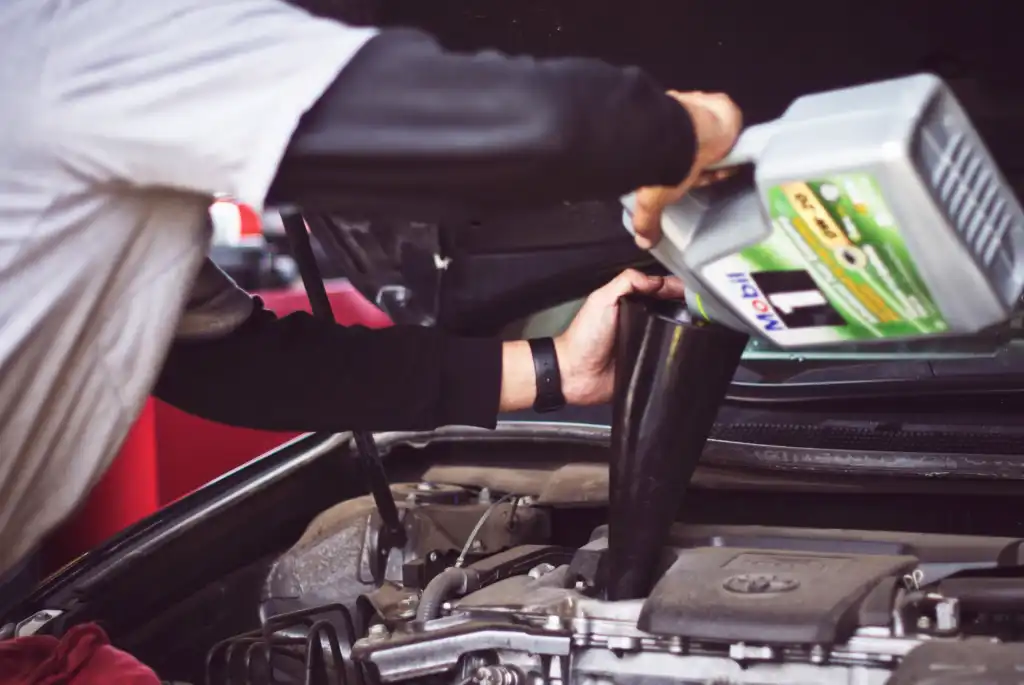
Check these items monthly:
- Tire pressure and tread
- Oil level
- Brake fluid
- Windshield washer fluid
- Lights and signals
- Windshield wipers
Fix problems promptly when found. Keep records of all maintenance done.
Driving in Special Conditions
Different driving environments require specific safety techniques and heightened awareness to prevent accidents. Adjusting your driving approach based on conditions helps maintain control and reduces risks.
Navigating Night Driving
Limited visibility at night creates unique challenges. Proper headlight use and increased following distance are essential for safety.

Keep headlights clean and properly aimed. Use high beams on dark rural roads when no oncoming traffic is present.
Reduce speed by 5-10 mph below daytime speeds to account for reduced visibility. Watch for the reflection of animals’ eyes near the roadside.
Key Night Driving Tips:
- Clean all windows and mirrors thoroughly
- Look slightly to the right of oncoming headlights to avoid glare
- Increase following distance to 4 seconds minimum
Highway Driving Strategies
Highway driving requires constant alertness and smooth, predictable movements. Stay in the right lane except when passing.
Monitor traffic patterns ahead and maintain steady speed. Check mirrors every 20-30 seconds to track surrounding vehicles.
Important Highway Safety Rules:
- Keep 3-4 second following distance
- Signal lane changes at least 5 seconds before moving
- Avoid driving in other vehicles’ blind spots
Plan exits well in advance. Move to the right lane early to avoid sudden lane changes.
Handling Construction Zones
Construction zones demand extra caution and strict adherence to posted signs and speed limits.
Watch for sudden stops in traffic. Construction zones often have narrow lanes and shifting traffic patterns.

Construction Zone Guidelines:
- Reduce speed immediately when entering work zones
- Follow all flaggers’ directions
- Merge early when lanes are closing
- Maintain extra space between vehicles
Stay alert for construction workers and equipment near the roadway. Avoid sudden braking or lane changes.
Responding to Emergencies
Quick reactions and proper techniques can save lives during dangerous road situations. Staying calm and following proven safety procedures helps drivers maintain control when emergencies occur.
Dealing with Brake Failure
When brakes fail, drivers should keep calm and pump the brake pedal several times rapidly. This may rebuild pressure in the braking system.
If pumping doesn’t work, drivers should downshift gradually through the gears to slow the vehicle. This uses engine braking to reduce speed.
Use the parking brake slowly and gently – never pull it suddenly. Keep the release button pressed to prevent the wheels from locking.
Look for an escape route like an uphill slope or open field that can help slow the vehicle naturally. Avoid busy roads and intersections.
Actions During Tire Blowouts
Stay firm on the steering wheel and maintain control while gradually slowing down. Don’t slam on the brakes – this can cause the vehicle to spin.
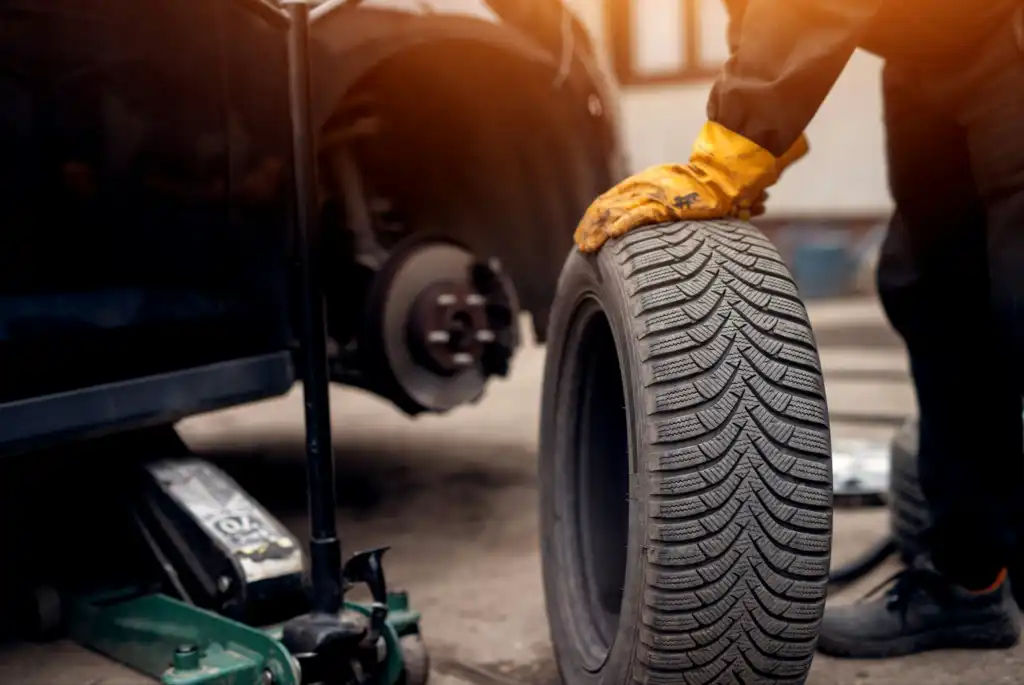
Activate hazard lights immediately to warn other drivers. Focus on steering straight ahead while the vehicle slows.
Guide the car toward the right shoulder or safest nearby spot. Keep a firm grip on the wheel to counter any pulling to one side.
Evasive Maneuvers for Collision Avoidance
Defensive driving techniques are crucial for avoiding crashes. Maintain adequate following distance to allow time to react.
Scan constantly for escape routes in case quick maneuvering becomes necessary. Check mirrors frequently to know surrounding traffic positions.
When swerving is needed, make controlled steering movements. Turn the wheel smoothly but quickly, then counter-steer to straighten out.
Brake in a straight line before turning if possible. Hard braking during a swerve increases the risk of losing control.
Advanced Defensive Driving Tips
Advanced drivers stay extra alert, scan far ahead, and make smart decisions before problems occur. Safe drivers prepare for and handle challenging situations with skill and confidence.
Predictive Driving
Staying focused on the road means actively scanning 20-30 seconds ahead for potential hazards. Watch for brake lights, merging vehicles, and sudden slowdowns.
Look for subtle clues about other drivers’ intentions. A car’s wheels turning, a driver’s head movement, or slight vehicle positioning can signal their next move.
Create escape routes by maintaining space on at least one side of your vehicle. This provides options if you need to quickly avoid danger.
Check mirrors every 5-8 seconds to stay aware of surrounding traffic patterns and blind spots. This helps anticipate lane changes or stops.
Adapting to Weather Conditions
Proper defensive driving in bad weather requires increased following distance and reduced speed. Double normal following distance in rain and triple it in snow.

Turn on headlights when visibility drops below 500 feet. This helps other drivers see you in rain, fog, or snow.
Avoid sudden movements on slick roads. Brake, accelerate, and steer smoothly to maintain tire traction.
Pull over if conditions become too dangerous. Find a safe spot away from traffic until visibility improves.
Defensive Parking Techniques
Back into parking spaces when possible. This provides better visibility when leaving and reduces risk of collision.
Park away from other vehicles in lots. Extra walking distance means fewer door dings and more space to maneuver.
Check for pedestrians and moving vehicles before entering or exiting a space. Use mirrors and cameras but don’t rely on them exclusively.
Light taps on the horn when backing out alert others to your presence. Make eye contact with nearby pedestrians to confirm they see you.
Practical Applications for Everyday Driving
Defensive driving techniques help drivers stay safe by anticipating risks and maintaining control in different environments. These skills adapt to various road conditions and driving situations.
Urban Driving Considerations
In city traffic, drivers need to maintain at least a 3-second following distance to prevent rear-end collisions. This space provides crucial reaction time when other vehicles brake suddenly.
Scanning intersections is essential before proceeding, even with a green light. Look left, right, and left again to spot cyclists, pedestrians, or vehicles running red lights.
Key Urban Safety Tips:
- Check mirrors every 5-8 seconds
- Watch for sudden pedestrian movements
- Stay in one lane when possible
- Signal turns at least 100 feet in advance
Rural Road Challenges
Rural roads require extra vigilance due to limited visibility and unexpected hazards. Drivers should reduce speed on curves and hills where sight distance is restricted.
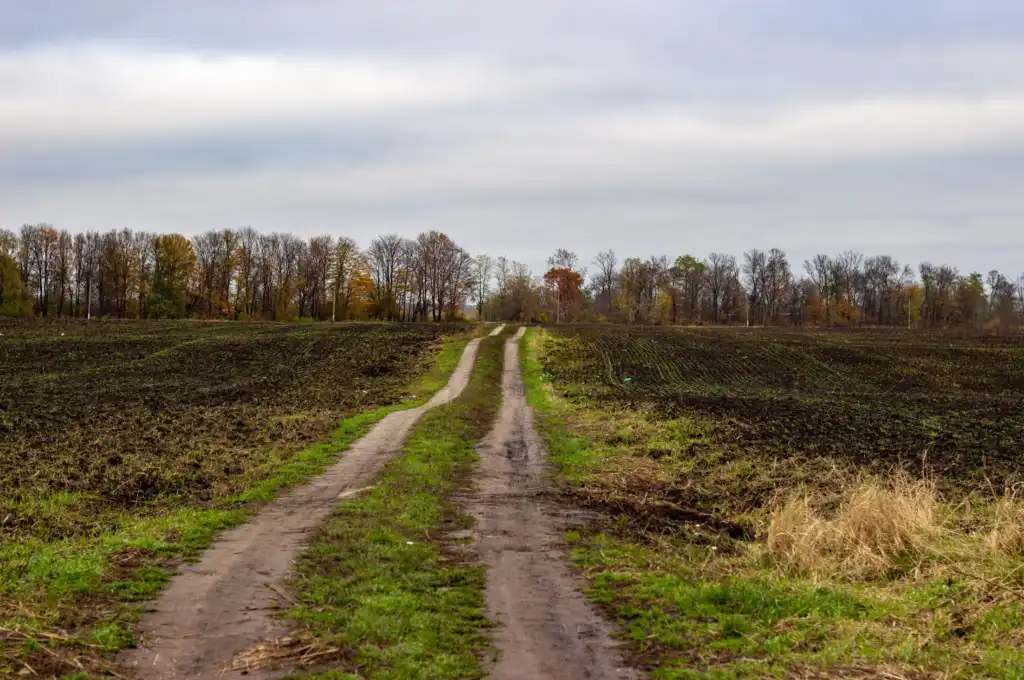
Wildlife crossings are common on rural roads, especially at dawn and dusk. Using high beams when appropriate increases visibility and reaction time.
Gravel and unpaved surfaces demand different handling techniques:
- Avoid sudden steering movements
- Brake gently to prevent skidding
- Keep both hands firmly on the wheel
- Maintain steady speed on loose surfaces
Managing Distractions
Phone use while driving increases crash risk significantly. Drivers should set their phones to Do Not Disturb mode before starting their journey.
Proper preparation reduces distractions. Adjust seats, mirrors, climate controls, and navigation before moving the vehicle.
Essential Focus Tips:
- Place phones out of reach
- Pull over to eat or drink
- Keep music at moderate volume
- Ask passengers to help with navigation
Frequently Asked Questions
Safe driving requires specific skills, habits and mental preparation that work together to prevent accidents on the road. Every driver needs clear strategies they can use to spot hazards early and respond effectively.
What are the essential principles of defensive driving?
Defensive driving techniques focus on watching for potential dangers and taking action before problems occur. Drivers must stay alert, maintain safe following distances, and scan their surroundings constantly.
Good defensive drivers remain calm and patient. They avoid distractions and never assume other drivers will follow the rules.
How can I apply defensive driving techniques to improve road safety?
Drivers should plan ahead and prepare for each trip. This means checking weather conditions, vehicle maintenance, and route planning before starting out.
Adjusting speed and following distance for different road conditions helps prevent accidents. Drivers need larger gaps between vehicles in rain, snow, or heavy traffic.
What are the key habits to develop for better defensive driving?
Scanning intersections before entering, even with a green light, helps spot drivers who might run red lights. Checking mirrors every 5-8 seconds creates awareness of surrounding vehicles.
Maintaining focus on driving tasks prevents distraction-related crashes. This means putting phones away and limiting conversations with passengers.
How do the 4 R’s of defensive driving contribute to safer driving?
Reading the road ahead lets drivers spot problems early. Recognition of hazards gives time to react safely.
Right judgment helps choose the best response to danger. Reaction time improves when drivers stay alert and ready to act.
What role do the 3 C’s play in the practice of defensive driving?
Concentration keeps attention focused on driving tasks. Control means managing vehicle speed and position effectively.
Courtesy toward other drivers reduces road rage incidents. Patient, cooperative driving creates safer roads for everyone.
Can you explain the importance of defensive driving in accident prevention?
Defensive driving skills significantly lower crash risks by helping drivers avoid dangerous situations. These techniques work by creating space and time to react to problems.
Safe drivers protect themselves and others by staying alert and making smart choices. Small safety habits add up to prevent serious accidents.








